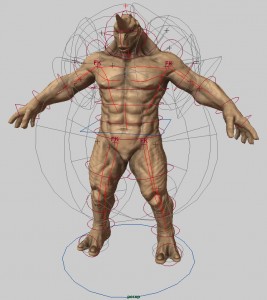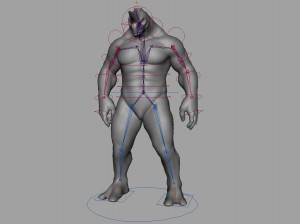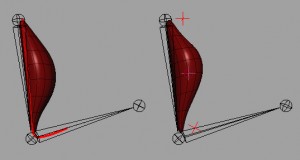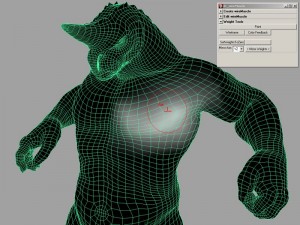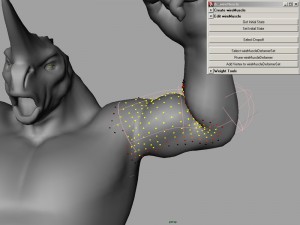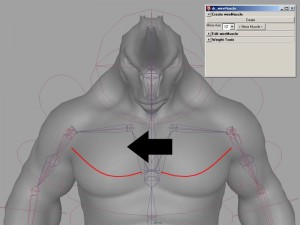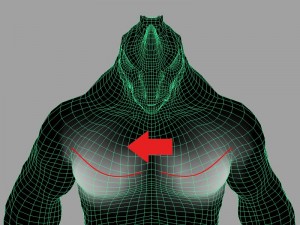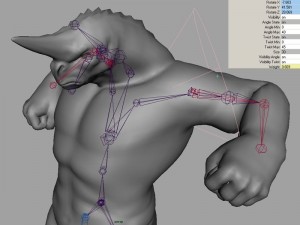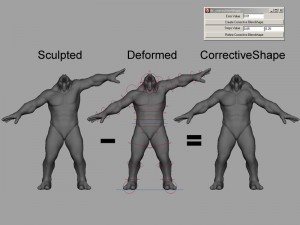The Way (maya muscle system)
Two years ago I was interviewed by an animation blog before I moved to L.A. The technique looks kinda old now but maybe someone will find it interesting.
This is part of the inverview, go to arteyanimacion for the whole thing. Also you will find some cool resources and articles in that blog.
THE IDEA
TECHNIQUE
The techniques were about creating a muscle from a simple curve, and then attach it to the extremes of that curve, as in the real life. It is as fusiform muscle but with the difference that you get a non linear deformer as it is attached to a curve.
A part from the muscle system, I developed a system of PSD (Pose Space Deformer), in order to correct not accurate deformations.
REALIZATION PROCESS
The Animation character rig has got standard biped functions. It was on the deformations where I could innovate a bit.
At the beginning I started to make every muscle from fusiform, but I realized the behavior was not what I was expecting as the anchorage system was too basic. It’s very useful and it is ver fast to apply into a character, but the deformation is not as good as it should.
Creating muscles from curves made their behavior much more realistic. I only had to draw the curve where I wanted the muscle and make the skin of the skeleton to follow the character.
Once the muscle deformers were created, instead of creating a tool of mirror for the weights (it’s usually a very slow process even with API), I used the skincluster mirror weights, which is very fast.
What I did was:
– Get the deformer’s weights, apply them to temporary mesh and bones and make a mirror weights to those temporary bones.
– Once I had those temporary weights already in the mirror, I only had to apply them to the mirror deformer and erase the temporary objects.


